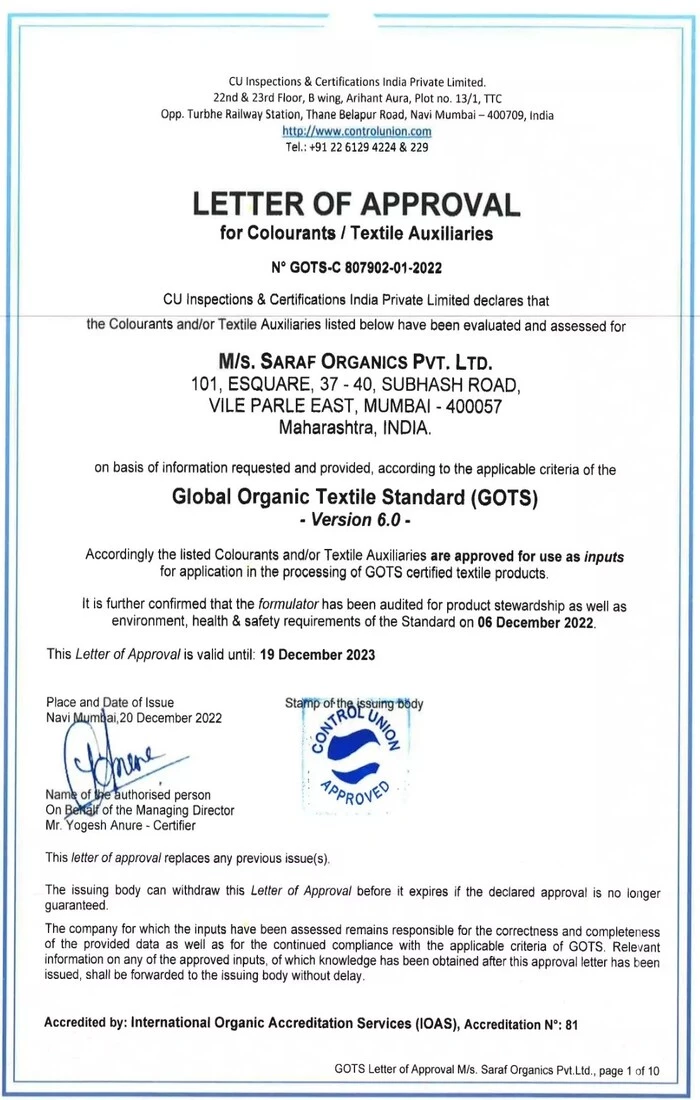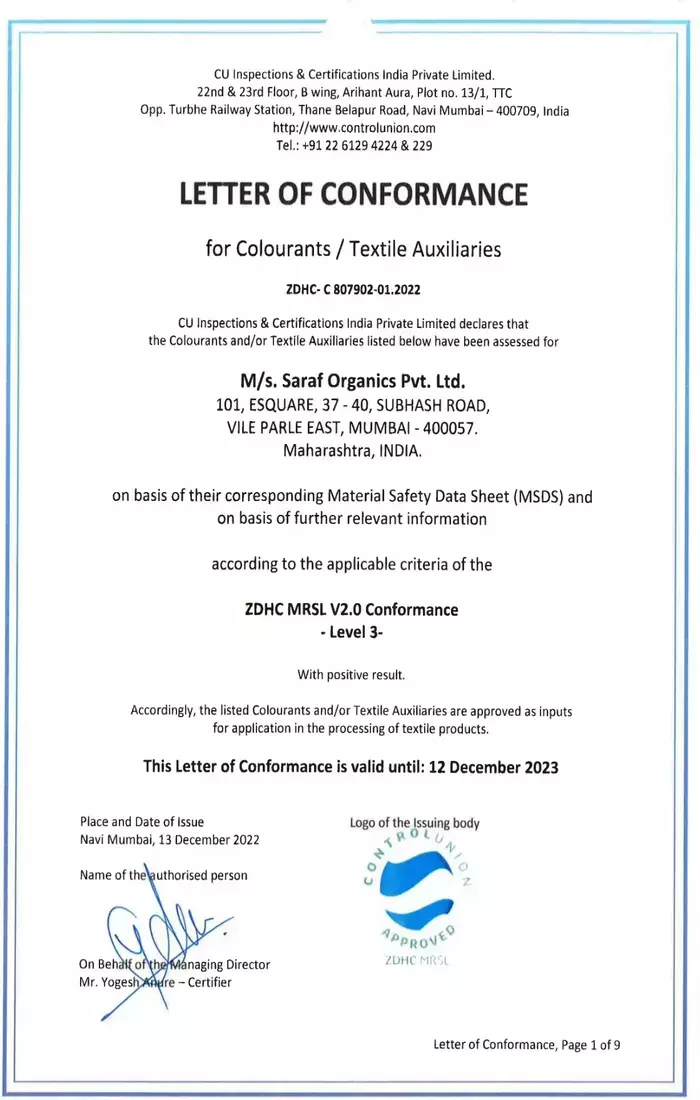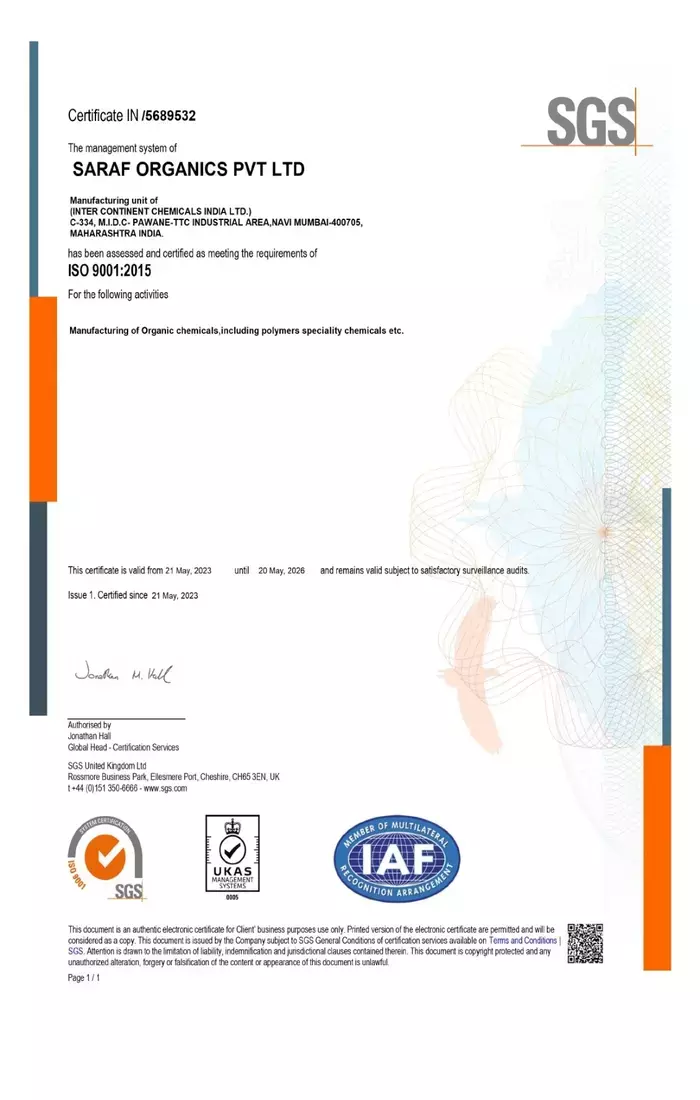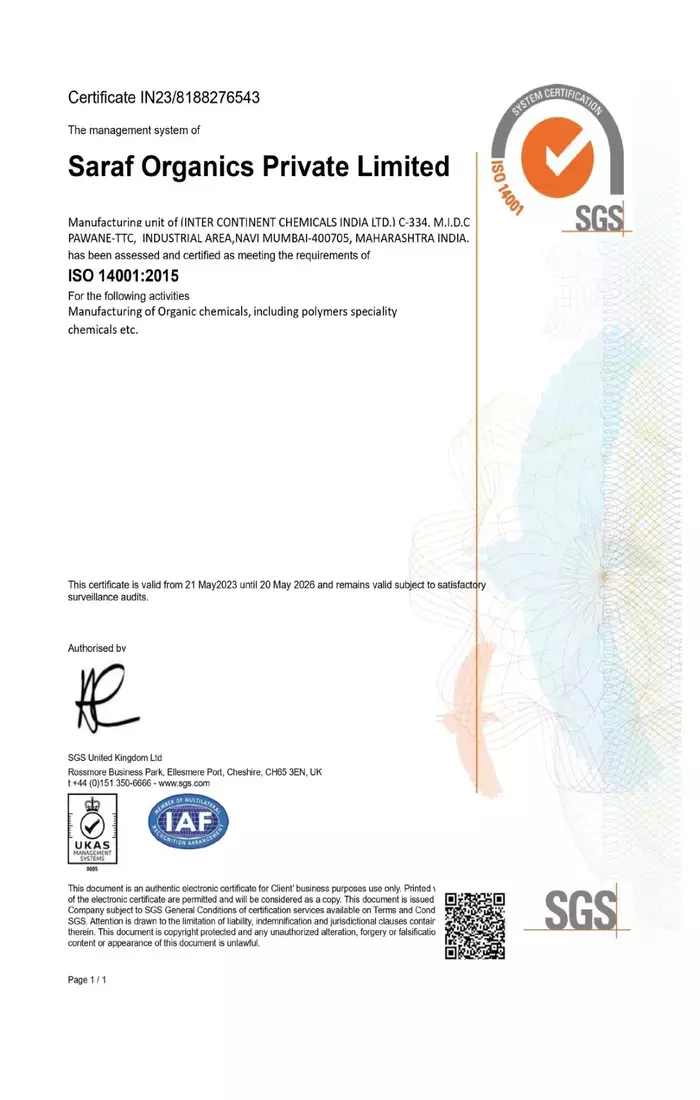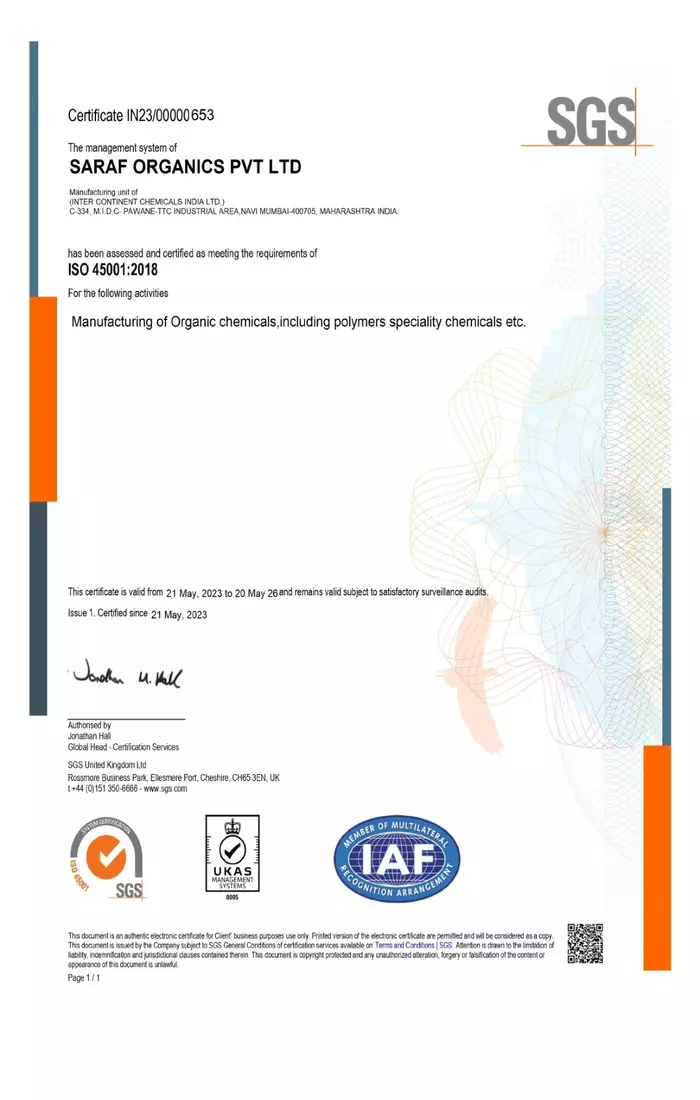
Pre-Treatment Agents
Function:
Desizing agents are used to remove sizing agents applied to yarns during the weaving
process.
Sizing agents improve the weaving process but need to be removed before
dyeing.
Examples:
Amylases, pectinases, and amylase-based desizing agents.
Function:
Scouring is the process of removing natural waxes, oils, and other impurities from the fibers or fabric. Scouring agents facilitate the removal of these impurities.
Examples:
Alkali-based scouring agents, detergents, and surfactants.
Function:
Bleaching agents are used to whiten or lighten the color of fibers by removing natural coloration, residual dyes, and impurities.
Examples:
Hydrogen peroxide, sodium hypochlorite, and peracetic acid.
Function:
Mercerization is a treatment that improves the luster, strength, and dye affinity of cotton fibers. Mercerizing agents are used in this process.
Examples:
Sodium hydroxide (caustic soda) is commonly used for cotton mercerization.
Function:
Wetting agents improve the wetting and penetration of water into the fabric, aiding in the even distribution of subsequent processing chemicals.
Examples:
EDTA (ethylene diamine tetraacetic acid) and DTPA (diethylenetriaminepentaacetic acid)Non-ionic and anionic surfactants..
Function:
Sequestrants or chelating agents are used to control metal ions in water, which can otherwise interfere with the performance of other chemicals.
Examples:
EDTA (ethylene diamine tetraacetic acid) and DTPA (diethylenetriaminepentaacetic acid).
Function:
Buffering agents help maintain a stable pH level during the pretreatment process, ensuring optimal conditions for subsequent chemical treatments.
Examples:
Acetic acid, sodium acetate.
Function:
Biopolishing enzymes are used to improve the surface properties of cotton fabrics, such as softness and appearance.
Examples:
Cellulases.


